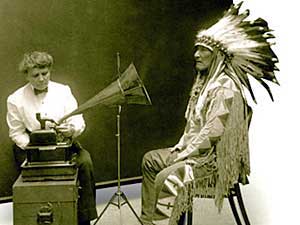I designed the book to demonstrate collective memory while exploring how prions contribute to memory recollection. The book consists of a center image of a prion with nine panels branching out of the center. The display of the prion image in the center with the panels branching out represents the idea of a central nervous system with dendrites branching out from the brain. Each panel displays a different image representative of collective memory. I selected images of collective memories such as Olympics opening ceremonies, graduations, birthdays, weddings, social traditions, and experiencing nature’s beauty. I decided to focus on the celebratory aspect of collective memory with less of a focus on death and destruction.
With each panel there is an accompanying folded version of the panel’s image. The folded image encourages the viewer to think about how much of the original memory is lost while they try to unfold and shape the paper into a recognizable form. How does memory change over time as we try to recall it? How much is missing from the original memory? The panels display the most complete and whole version of the original image, however the original image has been altered by the size of the panels. Therefore, there are no original images displayed. The lack of original images demonstrates how often memory is altered as soon as we try to remember it. There are varying degrees of alteration, with the original image cut to fit the panel and then the panel image cut and folded into a three dimensional object.
Prions, or infectious proteins, have been shown to play a role in long term memory. Prions infect other proteins by causing them to misfold. The foldable images represent prions with the ability to be folded correctly or incorrectly by the viewer. The viewer’s interactions with the “prion” will determine the correct or incorrect memory.













